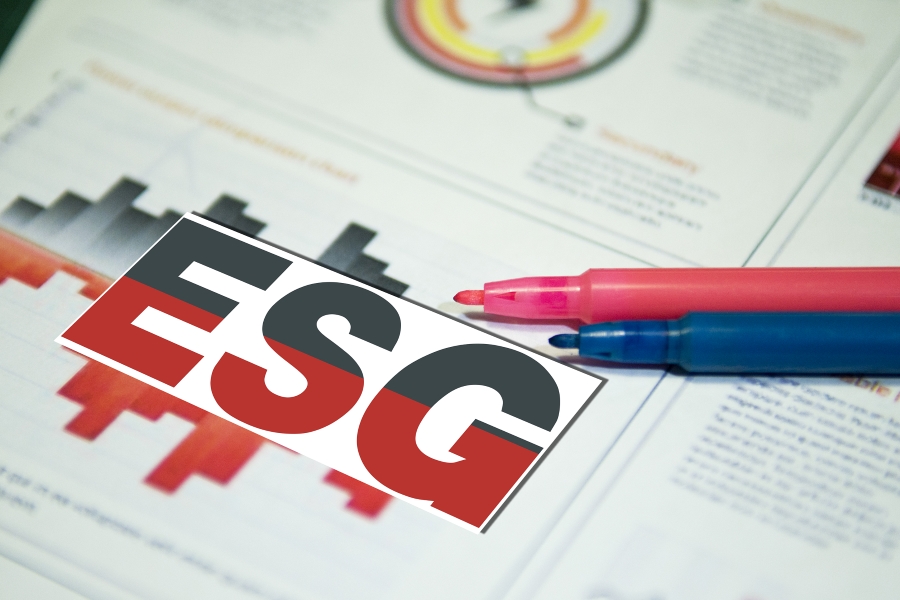Avoiding Greenwashing

By Helen Lam
As companies develop their Environmental, Social and Governance (ESG) strategies, investors and stakeholders are becoming increasingly watchful for instances of ‘greenwashing’. Organizations’ claims of being progressive in their ESG performance are being more closely examined and – whatever the original intention – may come to be viewed as words over substance. Therefore, companies that want to communicate their ESG efforts effectively and legitimately should seek to be transparent at every step and be ready to back up their claims with data.
What is greenwashing and how do you avoid it?
Greenwashing is the term used to describe a communication and marketing strategy crafted to make an organization appear more environmentally friendly than it really is, as it works to forge a responsible public image. The activity often involves putting a deceptive spin on an organization’s communications. This can range from sharing exaggerated but partly true messages to communicating completely unsubstantiated claims about ESG performance.
To avoid accusations of greenwashing, and reduce the risk of reputational damage from investor and stakeholder criticism, there are three key areas to consider when crafting your messaging:
- Avoid the temptation to exaggerate or embellish ESG messages
- Establish reliable metrics for measuring ESG performance and share data that reflects progress against your organization’s goals
- Be transparent and proactive in reporting on your ESG efforts, sharing successes but being honest about areas where progress has fallen short.
Don’t exaggerate
Even if a claim about ESG performance has a basis in truth, any exaggeration and embellishment risks opening up questions about its legitimacy. The choice of words matters to a discerning and expert audience. For example, vague terms such as ‘all-natural’ and ‘eco-friendly’, or lofty declarations such as ‘zero emissions’ can trigger skepticism about their veracity, because of many cases where such terminology has been judged to represent greenwashing.
Fiji Water
For example, the U.S. brand Fiji Water faced a lawsuit after deceptively marketing itself as “carbon negative”. The company was revealed to have exaggerated its claim by purchasing carbon credits to give the impression that it removes more carbon than it releases. While there was an element of truth to Fiji’s stated goals, the brand’s efforts towards becoming “carbon negative” won’t be fully realized until 2037.
Starbucks
Another example came for the world’s largest coffeehouse chain Starbucks Corp. (SBUX.US) headquartered in Seattle, Washington. In 2018, Starbucks released a “straw-less lid” featuring polypropylene, a commonly accepted recyclable plastic. Critics questioned the authenticity of the company’s claim, and accusations that the new lid and straw had a higher plastic content than the old lid and straw were not disputed by the company.
Cases such as this highlight the importance of keeping your messaging accurate and realistic, because closer investigation by stakeholders of exaggerated claims can lead to significant reputational damage.
Ensure the data supports your ESG goals
Data plays a crucial role in ESG communications because it can provide credibility and clear metrics to show progress towards reaching an organization’s ESG goals. Without such data, any claim can be painted as an empty promise.
The number of data points needed to support a particular pledge will depend on the scale of a company’s ambition. For example, a net-zero target should include multiple supporting data points that detail what is being done to reach the goal, whereas a plan to create a recycling program will require fewer, but more concise data points.
However, companies should not use misleading, irrelevant or weak data points. The data used must be carefully selected to ensure it supports the claim being made and aligns with your organization’s overall approach to ESG. Consistency is key.
Be transparent and proactive in reporting on your ESG efforts
When consumers, investors and partners look beyond the surface (products and marketing) and research the core values of your organization, they will want to know if those values are aligned with your ESG efforts. It’s important to be transparent here and lay out the realistic steps necessary to reach ESG targets, providing metrics that can clearly show the progress being made towards well-defined goals.
This transparency should also extend to both your internal and external messaging. If you need to overcome specific challenges to reach an ESG goal, or need to make adjustments to your ESG strategy, stakeholders will expect you to be transparent and avoid any surprises.
As investors and stakeholders alike pay more attention to companies’ ESG claims, some simple steps can help you to succeed in your own ESG communications. By developing clear and transparent messages, backing them up with trusted data and being honest about your organization’s progress towards green targets, you can reduce the risk of greenwashing accusations and ensure your ESG efforts receive the recognition they deserve.
Helen Lam is founder of Paradigm Consulting, a public relations consultant. Contact her at helen.lam@paradigmconsulting.com.hk
(In the event of any conflict between the English and Chinese versions of this blog, the English version should be the reference.)
To subscribe to Bamboo Works free weekly newsletter, click here






